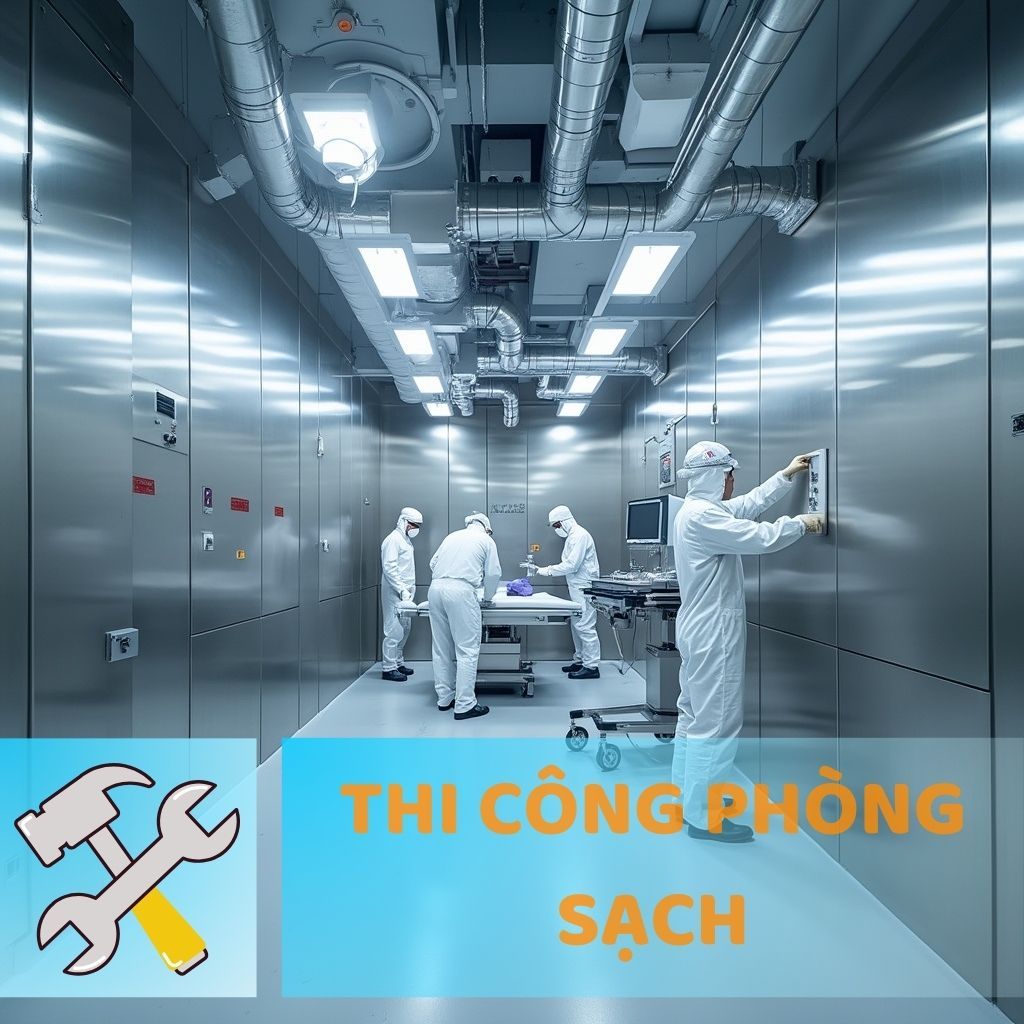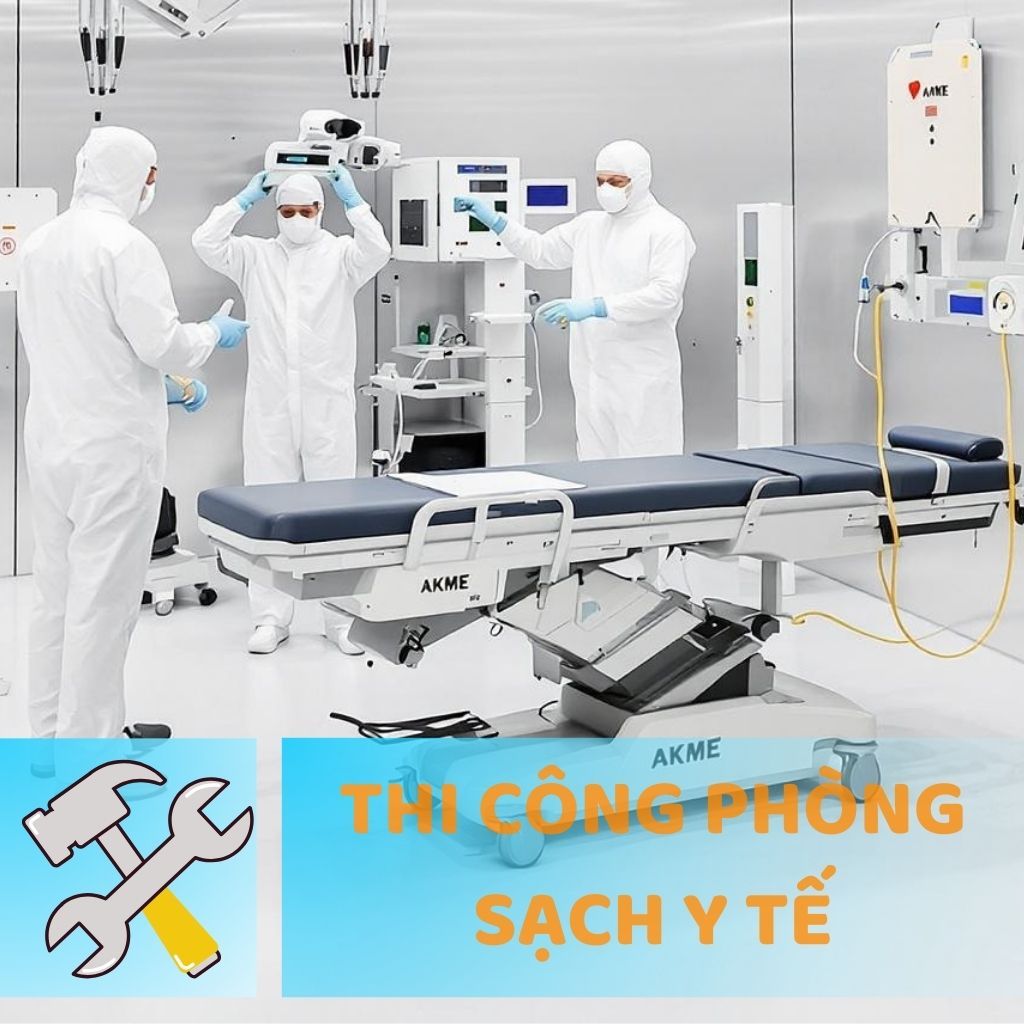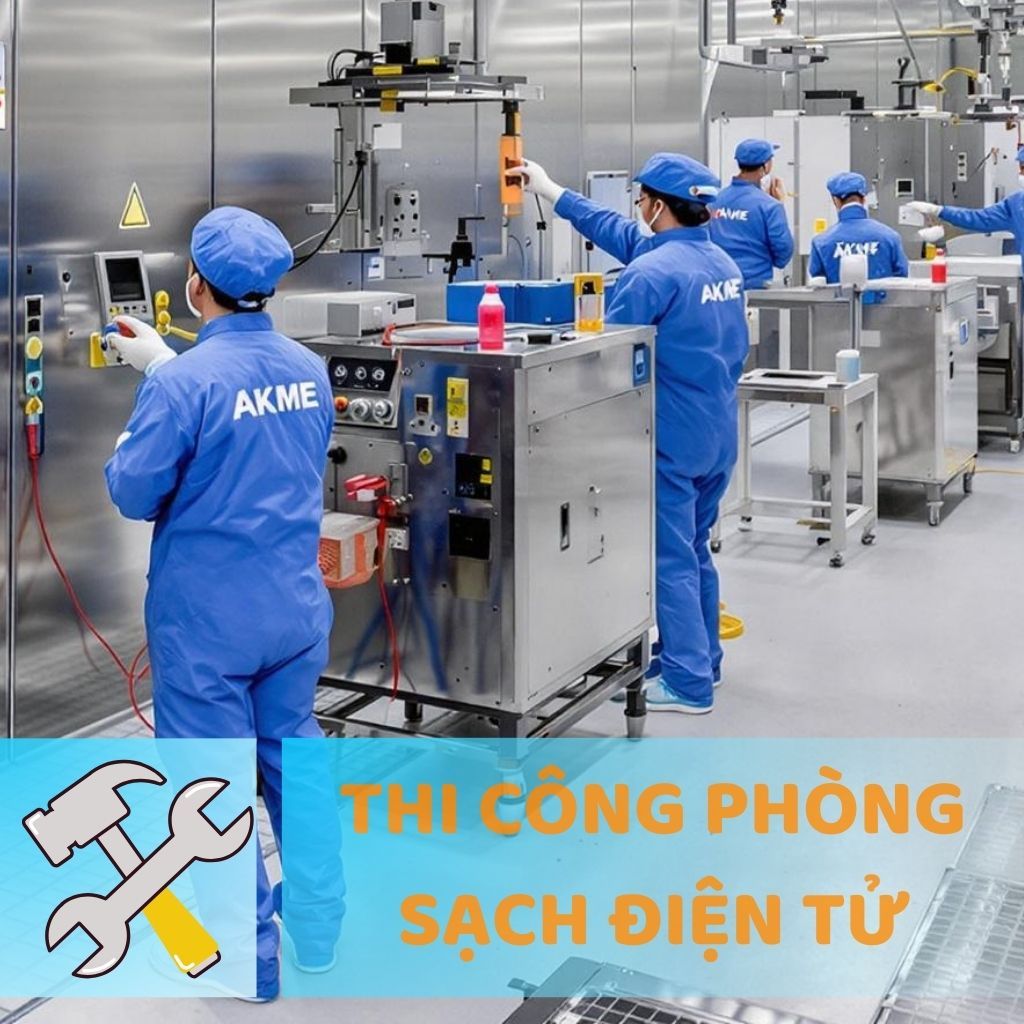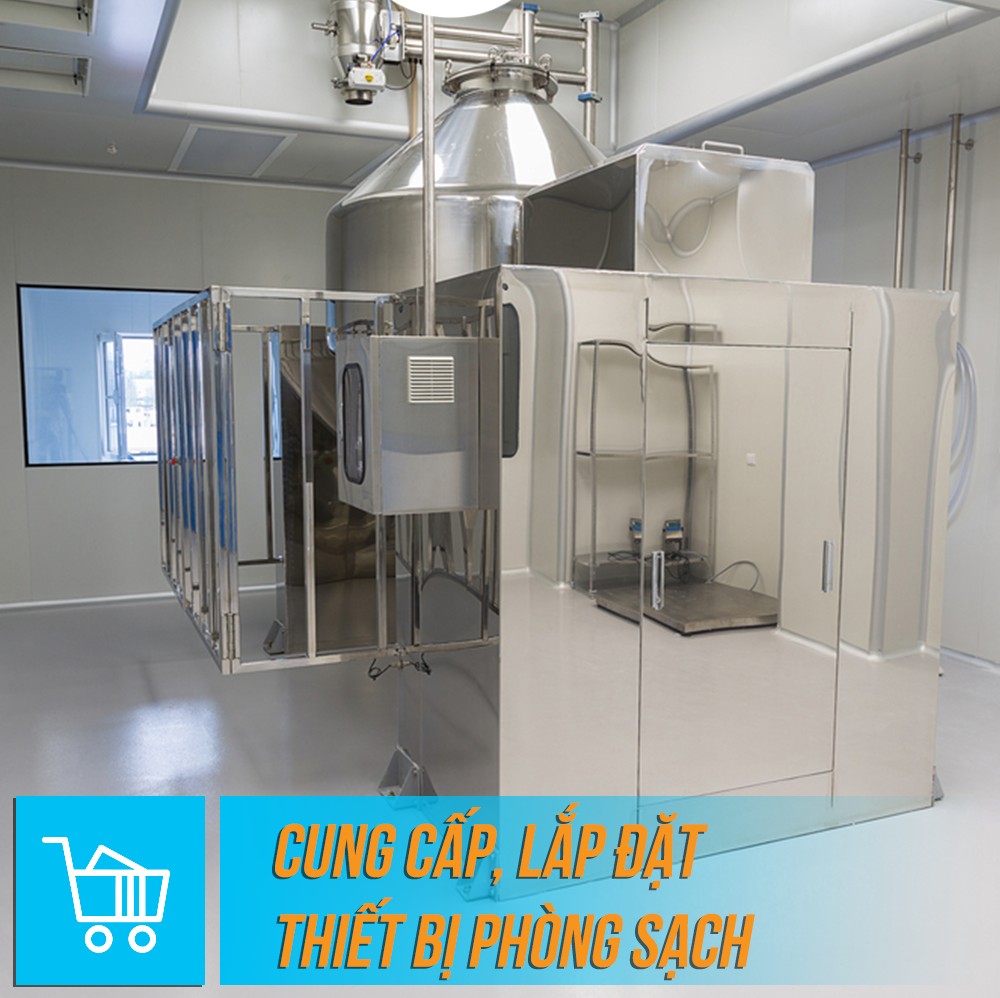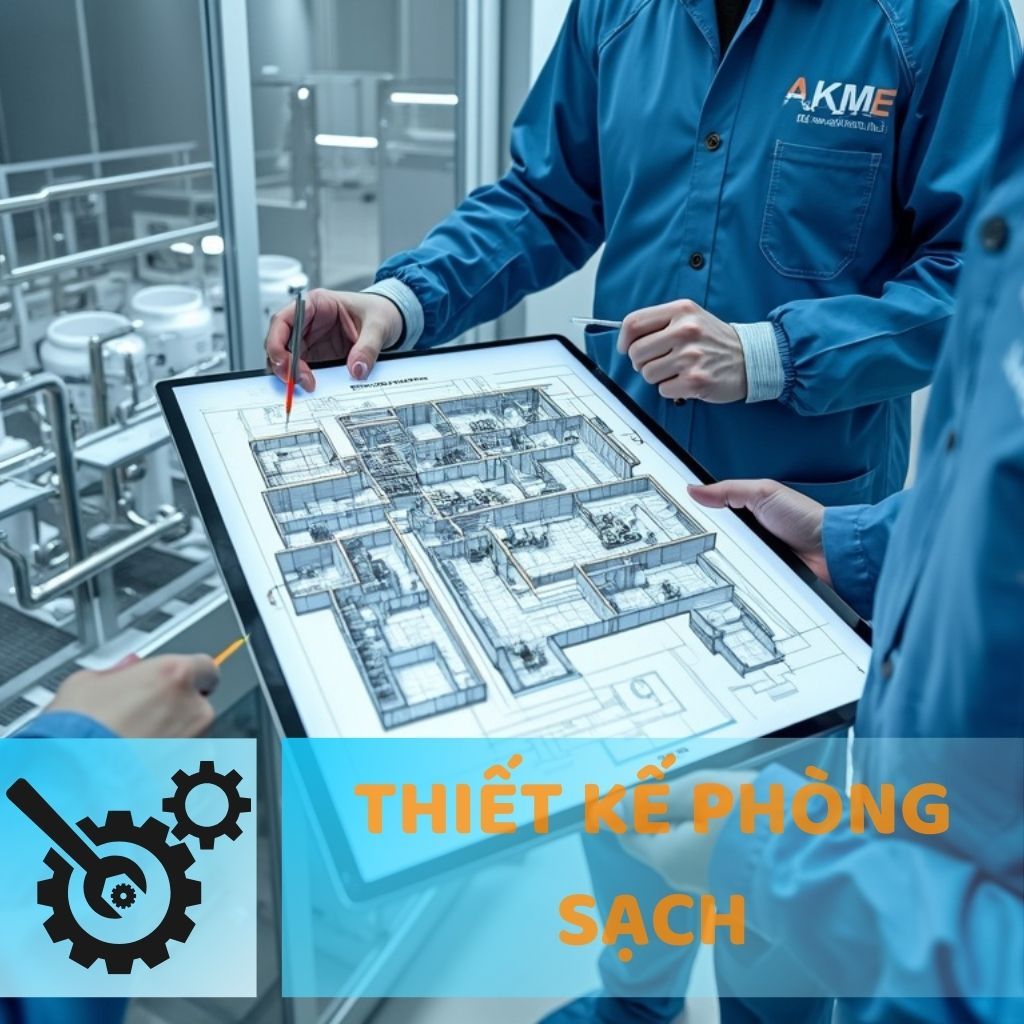What is the qualification dossier (DQ, IQ, OQ, PQ)?
14:11 - 03/04/2025 1736
Explore the qualification dossier (DQ, IQ, OQ, PQ): What is it? Discover the process and benefits of ensuring cleanroom equipment quality in accordance with GMP standards.
Requirements for Cleanroom Equipment Meeting EU GMP Standards
ISO 14644-6:2007 (National Standard TCVN 8664-6:2011)
ISO 14644-5:2004 - Cleanroom Standard
Everything You Need to Know About ISO 22000
Introduction
In the Cleanroom industry, ensuring the quality of equipment and manufacturing processes is always a top priority. What is the qualification dossier (DQ, IQ, OQ, PQ)? is an important process that helps businesses control and evaluate equipment performance from design to actual operation. The article below will explain in detail the DQ, IQ, OQ, and PQ stages, providing practical guidelines to ensure that each cleanroom equipment meets GMP standards and international regulations such as FDA guidelines, ISO 13485.
Establishing a qualification dossier not only helps ensure production quality but also supports the early detection of potential faults. Through this article, you will clearly understand how to prepare the dossier, the necessary steps, and the benefits of applying the DQ, IQ, OQ, and PQ process for equipment in a Cleanroom environment.
Why is it necessary to qualify cleanroom equipment with DQ, IQ, OQ, PQ?
Qualification of cleanroom equipment is a crucial step to:
- Ensure quality: Verify and confirm that the equipment operates according to the specified standards.
- Increase safety: Help minimize risks during production, especially with critical equipment such as HVAC systems.
- Comply with GMP regulations: Meet the requirements of the GMP equipment qualification process and ensure consistency in production.
This process also helps businesses detect technical issues early, thereby enabling timely and effective corrective measures.
The steps in the DQ, IQ, OQ, PQ process
1. DQ (Design Qualification) – Defining the design
DQ is the first step in the qualification process. This stage is intended to ensure that the design of the equipment meets the usage requirements and performance standards. The main steps include:
- Defining technical requirements: List the criteria required for the equipment based on its intended use.
- Risk assessment: Analyze potential risks from the design and propose preventive measures.
- Preparing the DQ documentation: Record in detail the requirements and design criteria, forming the basis for subsequent qualification steps.
Completing the DQ dossier helps the business have a clear direction for the installation and operation process later on.
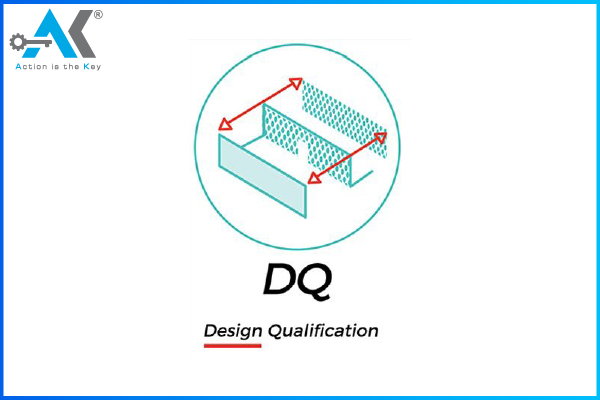
2. IQ (Installation Qualification) – Installation verification
The IQ stage ensures that the equipment has been installed correctly according to the requirements defined in the DQ. The main activities include:
- Checking installation conditions: Evaluate the installation environment regarding space, electrical system, water supply, and other supporting conditions.
- Verifying technical specifications: Compare the equipment specifications with the initial technical requirements.
- Preparing the IQ documentation: Record the entire installation process and the inspection results, creating a dossier that proves the accuracy of the installation.
A frequently asked question is “What is IQ in GMP?” – IQ ensures that the equipment is installed according to the correct procedures and standards, thereby laying the foundation for safe operation. See Cleanroom Equipment IQ Guidelines for more information.
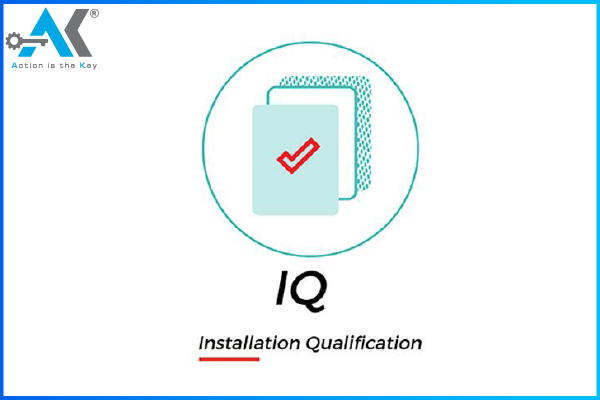
3. OQ (Operational Qualification) – Operational testing
The OQ stage focuses on testing the functions of the equipment during operation. The main steps include:
- Testing the equipment functions: Ensure all functions operate as designed.
- Identifying critical checkpoints: List the parameters and functions that need to be monitored.
- Preparing the OQ documentation: Record the results of the equipment operational tests, thereby confirming that the equipment operates stably and meets the requirements.
Questions such as “What does equipment OQ include?” are often raised to clarify the parameters and functions that need to be tested. Refer to the article Steps for Equipment Operational Testing for more details.
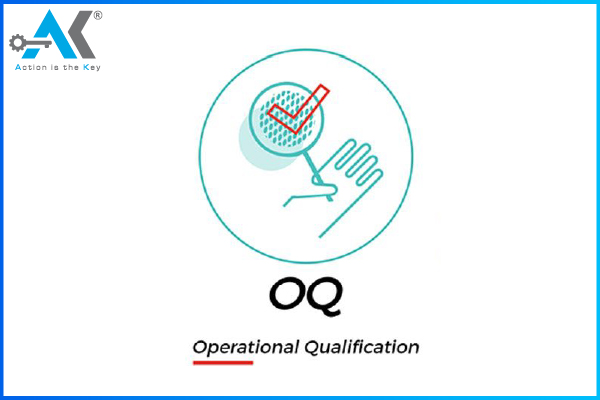
4. PQ (Performance Qualification) – Performance evaluation
PQ is the final stage aimed at evaluating the performance of the equipment under actual operating conditions. The required steps include:
- Conducting tests in a production environment: The equipment is operated under real conditions to assess its performance.
- Recording and analyzing data: Collect data and compare it with the initial standards to evaluate operational efficiency.
- Preparing the PQ documentation: Summarize the test results and data analysis,
12:05 - 28/11/2019 47515
Cleanroom Design and Construction
14:05 - 11/03/2025 20121
GMP and ISO Standard Cleanroom Construction
14:18 - 11/03/2025 12039
ISO Standard Medical Cleanroom Construction
14:13 - 28/02/2025 23023
Electronics Cleanroom Construction
16:15 - 18/03/2021 4618
Warranty Service
16:26 - 28/11/2019 17645
Supply and installation of cleanroom equipment
14:50 - 26/11/2019 5962
Technology Production Line Consulting
16:35 - 19/03/2025 18235




